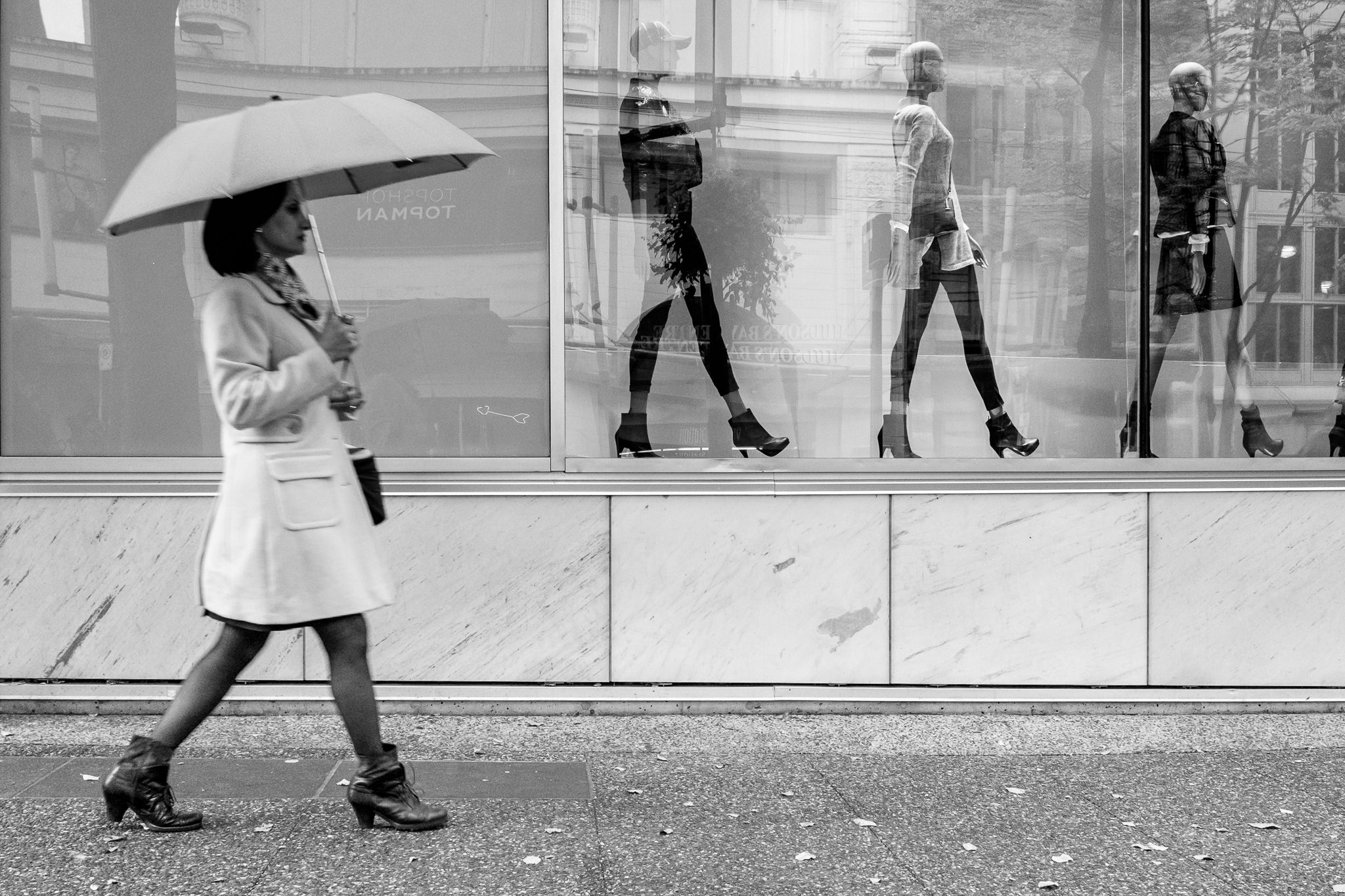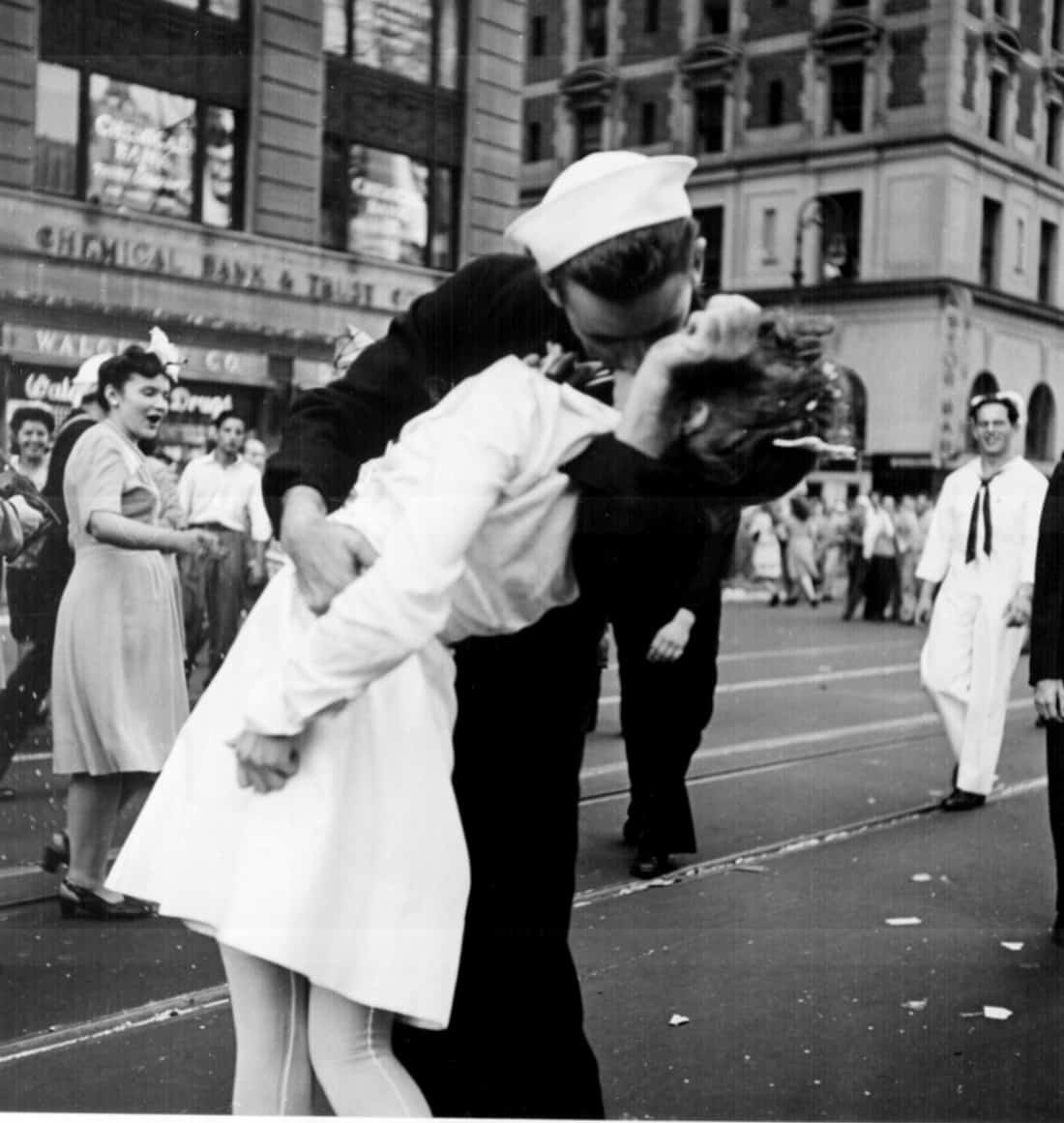Framing Streets for Dummies
What Does Framing Streets Do?
Table of Contents8 Easy Facts About Framing Streets DescribedThe Main Principles Of Framing Streets The Main Principles Of Framing Streets A Biased View of Framing StreetsFraming Streets Fundamentals ExplainedGetting My Framing Streets To Work
Digital photography genre "Crufts Dog Show 1968" by Tony Ray-Jones Street digital photography (likewise occasionally called honest photography) is photography performed for art or questions that features unmediated chance encounters and arbitrary occurrences within public areas, usually with the objective of recording photos at a definitive or emotional minute by cautious framework and timing. 
The Of Framing Streets
Susan Sontag, 1977 Road photography can concentrate on individuals and their behavior in public. In this respect, the road professional photographer resembles social docudrama professional photographers or photographers who likewise function in public locations, however with the objective of capturing newsworthy occasions. Any of these professional photographers' pictures might record people and home visible within or from public locations, which frequently requires browsing ethical problems and laws of personal privacy, security, and building.
Representations of daily public life form a genre in nearly every period of world art, beginning in the pre-historic, Sumerian, Egyptian and early Buddhist art durations. Art taking care of the life of the street, whether within views of cityscapes, or as the dominant concept, appears in the West in the canon of the Northern Renaissance, Baroque, Rococo, of Romanticism, Realistic look, Impressionism and Post-Impressionism.
Some Known Facts About Framing Streets.
Louis Daguerre: "Boulevard du Temple" (1838 or 1839) In 1838 or 1839 the initial picture of numbers in the street was recorded by Louis-Jacques-Mand Daguerre in among a pair of daguerreotype sights taken from his workshop window of the Boulevard du Temple in Paris. The 2nd, made at the elevation of the day, reveals an unpopulated stretch of road, while the other was taken at about 8:00 am, and as Beaumont Newhall records, "The Boulevard, so frequently filled up with a moving throng of pedestrians and carriages was flawlessly singular, other than an individual that was having his boots combed.
, who was influenced to carry out a similar documents of New York City. As the city established, Atget helped to advertise Parisian roads as a deserving subject for photography.

Unknown Facts About Framing Streets
Andre Kertesz.'s extensively appreciated Images la Sauvette (1952) (the English-language edition was titled The Decisive Moment) advertised the idea of taking a picture at what he labelled the "crucial moment"; "when type and web content, vision and structure merged into a transcendent whole" - vivian maier.
See This Report about Framing Streets
, then a teacher of young youngsters, linked with Evans in 193839.'s 1958 book,, was substantial; raw and often out of focus, Frank's photos examined mainstream photography of the time, "challenged all the formal regulations laid down by Henri Cartier-Bresson and Pedestrian Evans" and "flew in the face of the wholesome pictorialism find more info and genuine photojournalism of American publications like LIFE and Time".